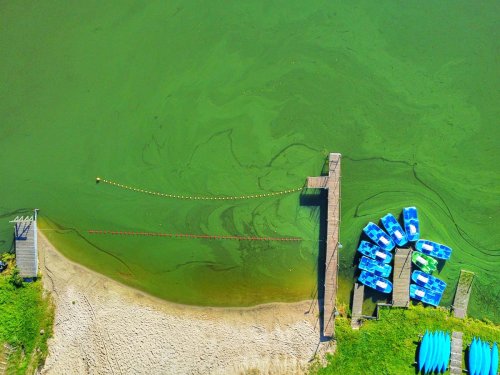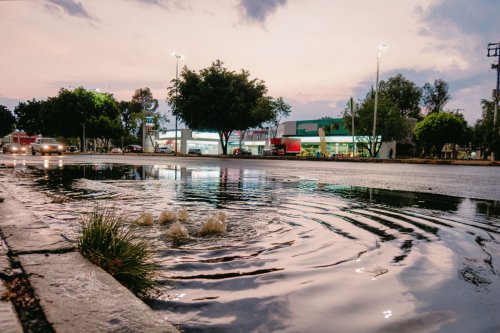Tracking Salt Use with a Telematics Dashboard
Telematics turns winter operations from an art into a measurable science. Municipalities that capture spreader data see immediate chloride cuts, smoother audits and safer roads, benefits that speak equally to public-works directors, finance officers and watershed managers.

How data-driven winter operations cut chloride, costs and compliance risk
Why tracking matters
Road salt protects drivers, yet the same chloride that melts ice can accumulate in lakes, drinking-water wells and public infrastructure. The Adirondack Road Salt Reduction Task Force warns that “migration of road salt onto nearby lands and waters has detrimental effects on natural resources, humans, property and infrastructure” and calls for science-based management practices to strike a better balance between safety and environmental stewardship (Department of Environmental Conservation).
What a telematics dashboard does
Modern spreaders are fitted with GPS, automatic vehicle location (AVL) antennas and electronic rate controllers. These feed a cloud dashboard that shows, in near real time, where each plow is, whether the plow blade is up or down, and exactly how many pounds of salt per lane mile are being applied. A white paper on Massachusetts DOT’s winter programme notes that telematics “enables fleet managers to monitor material usage” alongside vehicle health and dispatch efficiency (Geotab). Government-Fleet’s overview of snow-operations technology adds that the same data can exonerate operators from false damage claims and spot calibration problems before a storm starts (government-fleet.com).
Evidence of real savings
-
City of Lowell, Massachusetts. After installing smart controllers and GPS tracking, Lowell cut salt from roughly 1,000 tons to 400 tons per typical storm, a 60 percent reduction, while keeping trucks on the road three times longer between refills .
-
Massachusetts DOT pilot. A machine-learning spreader algorithm that adjusts rates to pavement conditions showed an 18 percent salt reduction compared with the agency’s standard auto-grip mode, without compromising level of service (Mass.gov).
These results mirror dozens of smaller case studies in Wisconsin, Minnesota and Ontario where digital dashboards have paid for themselves in one to three seasons through lower material use and reduced overtime.
Alignment with policy and MS4 reporting
Regulators increasingly expect proof of best management practices. The Adirondack Task Force explicitly recommends that “salt outputs be consistently and accurately measured and recorded with GPS-enabled AVL salt-tracking technology” (Department of Environmental Conservation). For municipalities subject to MS4 permits, telematics data streams can populate annual reports with defensible numbers on application rates, lane-mile coverage and chloride loading, cutting staff time spent on manual logs.
Key metrics to watch
A good dashboard lets supervisors drill into:
-
tons of salt, brine or sand applied per event and per lane mile
-
application rate versus pavement temperature and weather severity index
-
spreader on/off time, plow-blade position and route completion status
-
calibration records and exceptions (rates outside target band)
-
material inventory reconciliation after each storm
Tracking these indicators not only curbs waste, it also flags equipment issues before they escalate into service failures.
Implementation roadmap
-
Inventory and calibrate existing spreaders, noting controller make and hydraulic setup.
-
Select a telematics platform that integrates seamlessly with rate controllers or offers retrofit harnesses.
-
Define data governance: who reviews live maps during storms, how reports feed into budgets and compliance files, and how long raw data are archived.
-
Start with a pilot route to build internal champions; compare salt-per-lane-mile and overtime costs with control routes.
-
Train drivers and supervisors so they trust the numbers and adjust driving habits accordingly.
-
Scale and refine, adding brine pre-wet systems or liquid-only anti-icing once the team is comfortable with dashboard analytics.
Telematics turns winter operations from an art into a measurable science. Municipalities that capture spreader data see immediate chloride cuts, smoother audits and safer roads, benefits that speak equally to public-works directors, finance officers and watershed managers. With proven savings as high as 60 percent and state task forces urging GPS-based accountability, a salt-tracking dashboard is no longer a luxury. It is a practical, shovel-ready step toward cleaner waterways and leaner winter budgets.
















